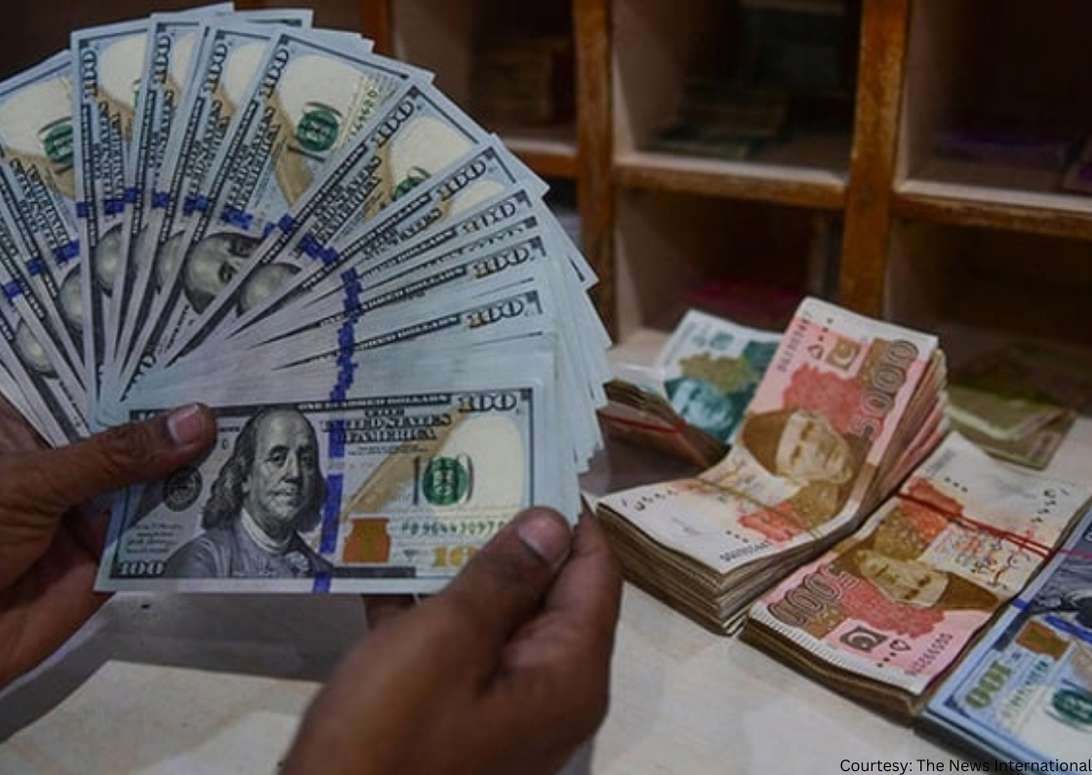KARACHI – The Pakistani rupee held its ground against the US dollar on Tuesday, reflecting remarkable stability despite ongoing volatility in global currency markets and regional economic pressures. The rupee closed at Rs 282.50 (selling) and Rs 282.00 (buying), showing only a negligible movement compared to Monday’s closing rates of Rs 282.45/281.95.
This marginal fluctuation of just 0.02% indicates that the local currency remains resilient, backed by steady inflows, cautious monetary policies, and relatively stable demand for the dollar in domestic markets.
Performance Against Other Currencies
While the rupee displayed stability against the US dollar, its trajectory against other major foreign currencies reflected mixed trends:
- The euro fell slightly, closing at Rs 329.68/329.10, marking a 0.29% decline.
- The British pound dropped 0.31% to settle at Rs 381.76/381.09.
- The Canadian dollar edged upward by 0.07%, trading at Rs 204.79/204.43.
- The Australian dollar, however, slipped 0.37%, closing at Rs 183.46/183.14.
These variations highlight how global market conditions, particularly shifting investor sentiments in Europe and Asia-Pacific, continue to influence the value of foreign currencies against the Pakistani rupee.
Underlying Factors of Stability
Experts suggest that the rupee’s stability can be attributed to multiple contributing elements:
- Regulated demand for the dollar in the interbank and open markets.
- Steady remittances, which continue to provide critical support to Pakistan’s foreign reserves.
- Tight monetary policies and interventions by the State Bank of Pakistan (SBP) to curb speculative trading.
- A slight ease in import pressures, reducing the need for excessive dollar outflows.
However, analysts caution that external shocks, such as rising oil prices, global inflationary trends, or unexpected geopolitical tensions, could put renewed pressure on the local currency in the coming weeks.
Outlook
Financial observers maintain a cautious yet positive stance, noting that the rupee’s current stability provides some breathing room for businesses and consumers already strained by high inflation. Still, they warn that sustaining this stability will depend on Pakistan’s ability to maintain foreign reserves, control trade imbalances, and secure further external financing support.
For now, the rupee’s steadiness offers a brief reprieve in an otherwise uncertain economic landscape.
This story has been reported by PakTribune. All rights reserved.



